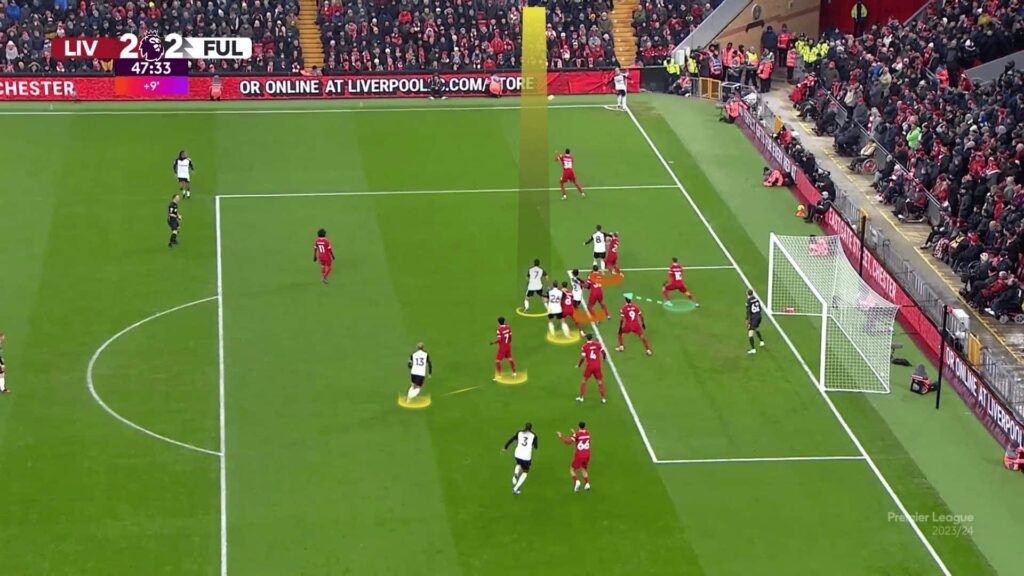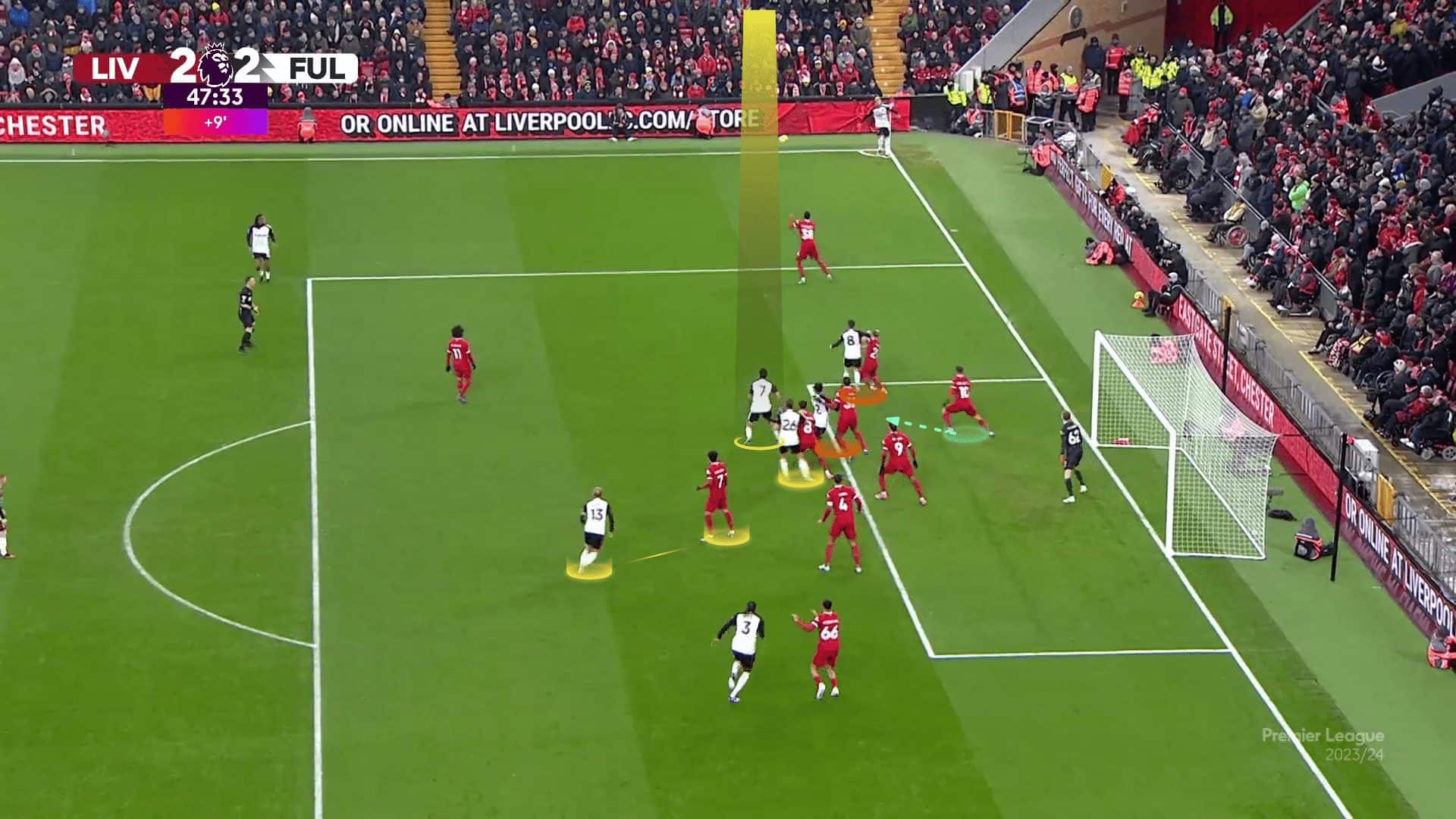The Hidden Battleground: Decoding Set Piece Strategies in Modern Football
In the fluid, often chaotic world of open play, set pieces offer moments of structured opportunity. Corners, free kicks, and even strategically deployed throw-ins provide precious seconds for teams to organize, execute pre-planned routines, and potentially score goals that can decide tight matches. Once perhaps seen as secondary chances, set pieces are now recognized as a vital battleground, accounting for a significant percentage of goals scored, and leading to the rise of specialist coaches dedicated solely to mastering them.

So, what goes into the sophisticated world of modern set piece strategies? Let’s decode the X’s and O’s:
1. Corners: The Consistent Threat
Corners are arguably the most frequent high-leverage set piece situation. Teams dedicate significant training time to both attacking and defending them.
- Attacking Corners:
- Delivery is Key: The quality and type of cross are paramount.
- Inswinger: Curls towards the goal, making it harder for the keeper but potentially easier for attackers to glance home.
- Outswinger: Curls away from the goal, often easier for attackers to attack aggressively but potentially easier for the keeper to claim.
- Trajectory: Driven balls for flick-ons at the near post, floated deliveries to the back post for height mismatches, flatter balls into central areas.
- Target Zones: Teams often target specific areas based on opposition weaknesses or their own strengths (near post, far post, penalty spot).
- Movement & Blocking: This is where the real coaching comes in. Players don’t just stand still. Expect to see:
- Screens/Blocks: Players physically impeding defenders to free up a specific target player (e.g., blocking off the marker of the team’s best header).
- Dummy Runs: Players making decoy runs to draw defenders away from the intended target zone or player.
- Delayed Runs: Attackers starting deep and arriving late into space.
- Overloads: Concentrating multiple attackers in one specific zone.
- Short Corners: Used to draw defenders out, change the angle of attack, or maintain possession if a good crossing opportunity isn’t available. Often leads to intricate passing routines.
- Delivery is Key: The quality and type of cross are paramount.
- Defending Corners:
- Marking Systems:
- Man-to-Man: Each defender is assigned a specific attacker. Simple responsibility, but can lead to being dragged out of position.
- Zonal Marking: Defenders guard specific areas/zones within the box. Maintains defensive structure but can lead to attackers getting free runs into zones.
- Hybrid Marking: The most common modern approach. Key aerial threats are man-marked, while other players cover crucial zones (e.g., six-yard box, near post).
- Positioning: Players often positioned on the near/far posts (though this is becoming less common), others challenge the initial delivery, some cover the edge of the box for second balls, and the goalkeeper commands their area.
- Counter-Attack Setup: Often leaving one or two fast players further upfield to provide an outlet if the ball is cleared.
- Marking Systems:
2. Free Kicks: Variety and Deception
Free kicks offer even more variety depending on their location and whether they are direct (a shot allowed) or indirect (must be touched by another player before scoring).
- Attacking Direct Free Kicks (Shooting Range):
- The Specialist: Teams rely on players with exceptional technique (power, curl, dip) to beat the wall and the goalkeeper.
- Wall Manipulation: Attackers sometimes stand in or near the wall to obstruct the keeper’s view or break off late. Players lying down behind the wall (“draught excluder”) prevent low shots.
- Attacking Indirect Free Kicks (Crossing/Passing):
- Delivery: Similar principles to corners apply regarding inswingers/outswingers and target zones.
- Complex Routines: Often involve more intricate pre-planned movements than corners – layoffs, dummy runs over the ball, multiple passers, disguised shots that turn into passes. The aim is often deception and creating space through misdirection.
- Defending Free Kicks:
- The Wall: Crucial for blocking direct shots. Number of players depends on distance and angle. Jumping (or not) is coordinated to block high/low shots. Goalkeeper positioning is key relative to the wall.
- Marking Runners: Similar principles to corner defense (man, zonal, hybrid) apply to track attackers making runs into the box for indirect free kicks. Discipline is essential to avoid being fooled by routines.
3. Throw-Ins: The Underrated Weapon
Once simple restarts, throw-ins, especially deep in the opponent’s half, are increasingly utilized as attacking platforms.
- Long Throws: Some players possess exceptionally long throws, effectively turning them into corner kicks, causing chaos in the box. Requires specific personnel.
- Quick Throws: Catching the defense disorganized before they can set up.
- Movement: Players making sharp movements into space to receive the throw, often followed by quick combinations or flick-ons.
Modern Overarching Themes:
- Specialist Coaches: The rise of dedicated set piece coaches highlights the recognized importance and complexity.
- Data Analytics: Teams use data to identify opponent weaknesses (e.g., how they defend specific zones), optimize delivery locations, and track success rates of different routines.
- Blockers/Screeners: Perhaps the most visible tactical trend – using players specifically to impede defenders and create space for teammates.
- Meticulous Planning: Routines are practiced repeatedly, with specific triggers and movements assigned to each player.
- Marginal Gains: Teams constantly seek tiny advantages, knowing a single successful set piece can change a season.
Conclusion:
Set pieces are far removed from the hopeful long balls of the past. They are a highly strategic, data-informed, and meticulously coached element of modern football. Understanding the principles of delivery, movement, blocking, and defensive organization reveals a fascinating tactical battle unfolding whenever the whistle blows for a dead ball situation. Next time your team lines up for a corner or free kick, watch closely – you’re likely witnessing a carefully choreographed play unfold.
What are some of the most creative or effective set piece routines you’ve seen? Which teams do you think excel in this area? Share your thoughts!


